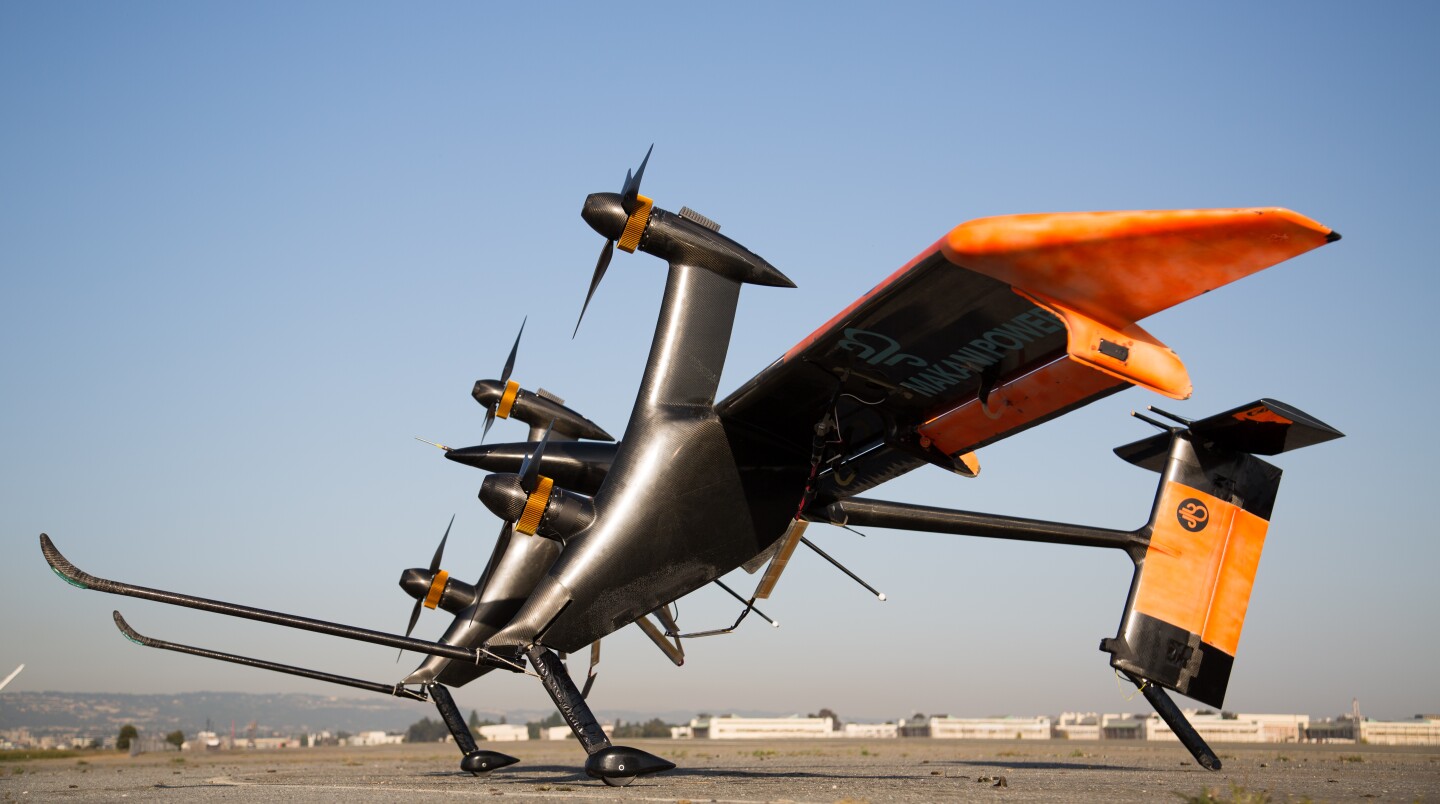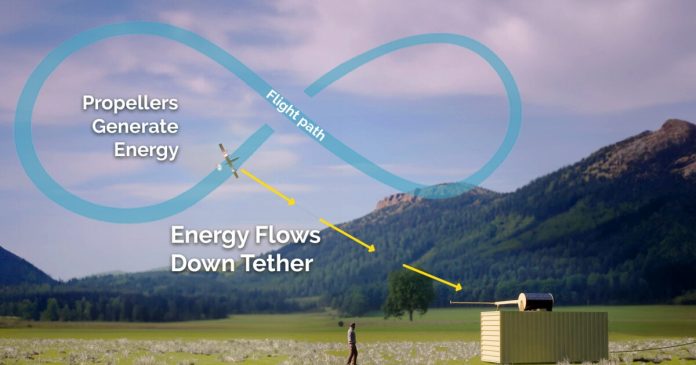It’s only fitting that the company generating electricity by loop-de-looping a ground-tethered winged drone is from North Carolina. After all, North Carolina is the birthplace of human flight.
In 2023, wind energy accounted for roughly 7.8% of all electricity created around the world. There are a few countries that have really topped the list of wind-energy generation: Fifty-eight percent of Denmark’s total electricity generation was wind. Uruguay saw 43%. Ireland 35%.
Levelized Cost of Energy (LCoE) is the primary metric for comparing the cost of generating electricity through different methods; coal, wind, solar, nuclear, hydrogen, etc.
While the LCoE has been dropping over time for wind energy – mostly due to efficiency, construction costs, building materials and larger generators – it’s still relatively expensive. Lazard’s 2023 LCoE report showed that unsubsidized onshore wind costs between US$24 and $75 per MWh while offshore wind is a bit pricier at $72 to $140 per MWh to generate.
Windlift
Wind generators are massive. If you’ve ever seen them off in the distance, you can tell they’re big. If you’ve ever stood directly underneath one, you know how dizzying it is trying to look up. Offshore rigs are even bigger. We’re talking 1,115-foot-tall (340-m) behemoths, cranking out 26MW, capable of withstanding hurricanes in some cases – and enough to power over 8,500 US homes.
Windlift is an energy company that’s been around since 2006 but is only just starting to “get off the ground.” It has an interesting take on generating electricity. The company has developed what is essentially a 12-ft (3.7-m) kite with generators attached to its wings on what appears to be about a 200-ft (60-m) steel tether with a power cable running down to the ground.
It takes off vertically, like a helicopter, pulling out all the slack on the tether, then does a lateral dive while keeping the tether tight, before swooping up and back around the other direction to repeat the process. Forever in an autonomous figure-eight. In engineering and aviation terms, it’s called crosswind flight. It’s commonly used when trying to maximize lift or thrust by flying perpendicular to the direction of the wind.
In Windlift’s case, it’s generating electricity.
Every swoop can pull two, three, or even five G’s of power-generating wind through the spinning rotors of the small, 25-30 lb (11.3-13.6 kg) carbon fiber airframe as they alternate between thrust and drag. That electricity – all 30 kWh of it – is then sent straight to the ground station, which can be connected to a battery, your home, the municipal grid, or whatever you wish.
Thirty kilowatt-hours is about enough to power the average US home’s daily usage.

Windlift
Why choose this type of aerial power generation over traditional on/offshore wind?
Well, it’s significantly less expensive. About 80% less expensive than conventional wind turbines. Using Windlift’s technology would reportedly also reduce the materials needed to build wind turbines by about 90-95%. The tech is also highly portable and can provide power in the most remote of locations with minimal setup.
The Pentagon is so sure of Windlift’s ability to generate power, that it has awarded the company a $30 million research and development grant. In exchange, the US Department of Defense (DoD) expects portable, off-grid power generation for forward operating positions.

Windlift
Windlift is currently designing a 75-kWh system that will have a 40-ft (12.2-m) wingspan for commercial application. Forty feet is the biggest Windlift will design though, as it says the square-cube law of physics makes anything bigger than that less efficient – not to mention the desired portability feature becomes more difficult as it gets bigger. A 40-ft airframe will fit in a 40-ft shipping container.
Windlift isn’t the first company to take to the skies for power generation.

In 2016, Google’s X Labs Moonshot-backed project Makani became the first in the world to generate power in the same manner as Windlift. Makani was more focused on utility-scale aircraft, able to generate up to 600 kWh. Google had invested an initial $15 million in the project before fully acquiring Makani for an undisclosed amount in 2013. By 2020 Google had shuttered it altogether, deeming the project too risky.




